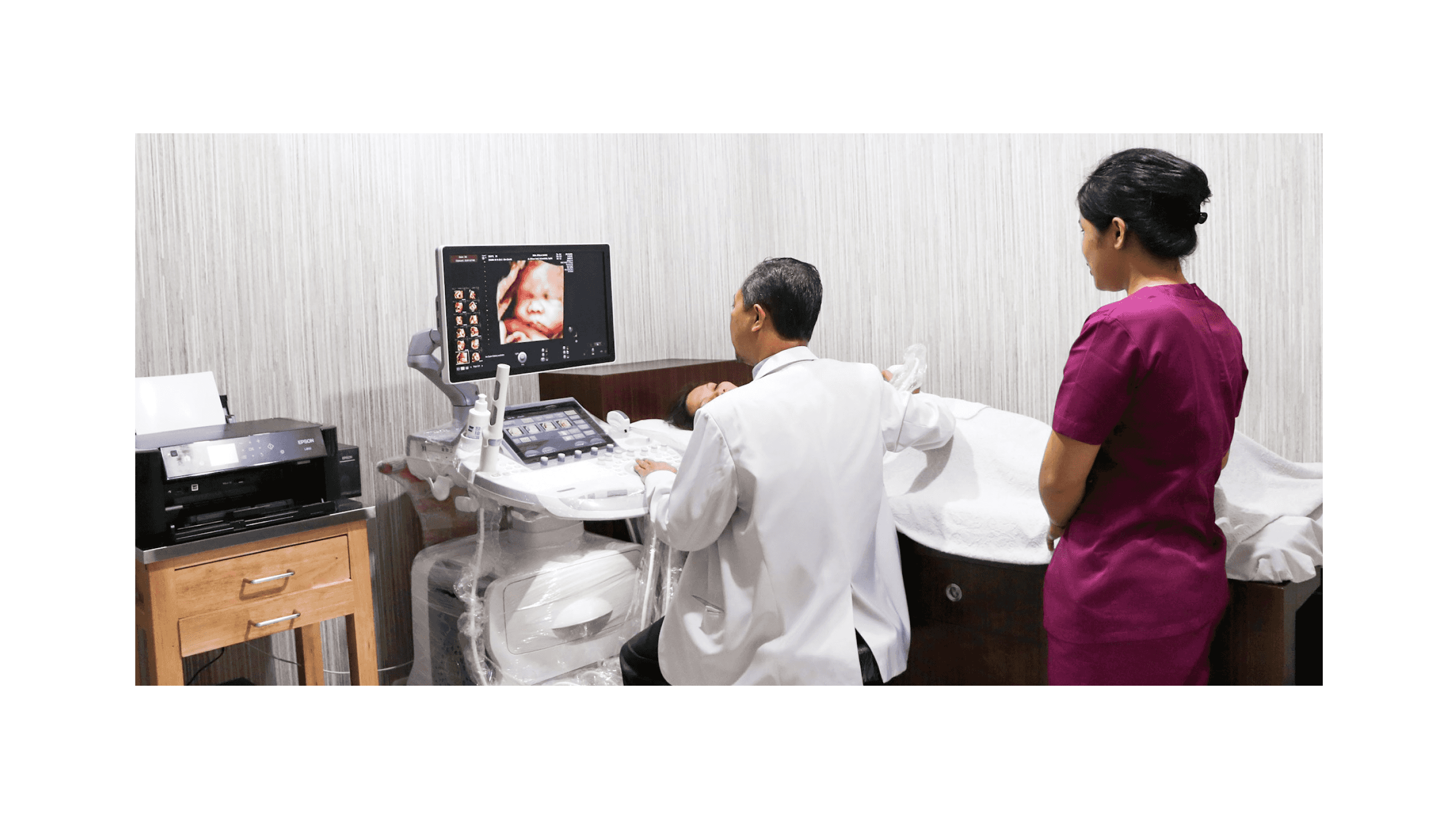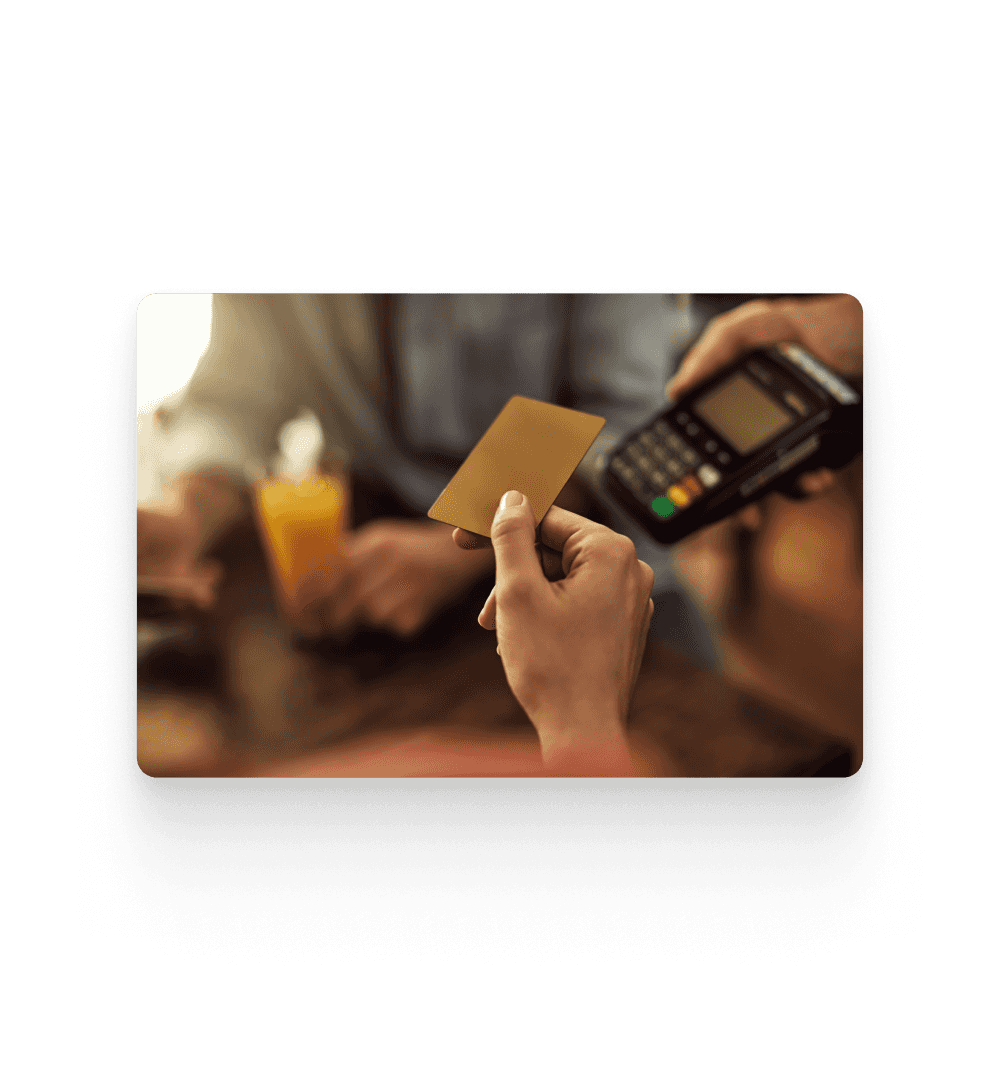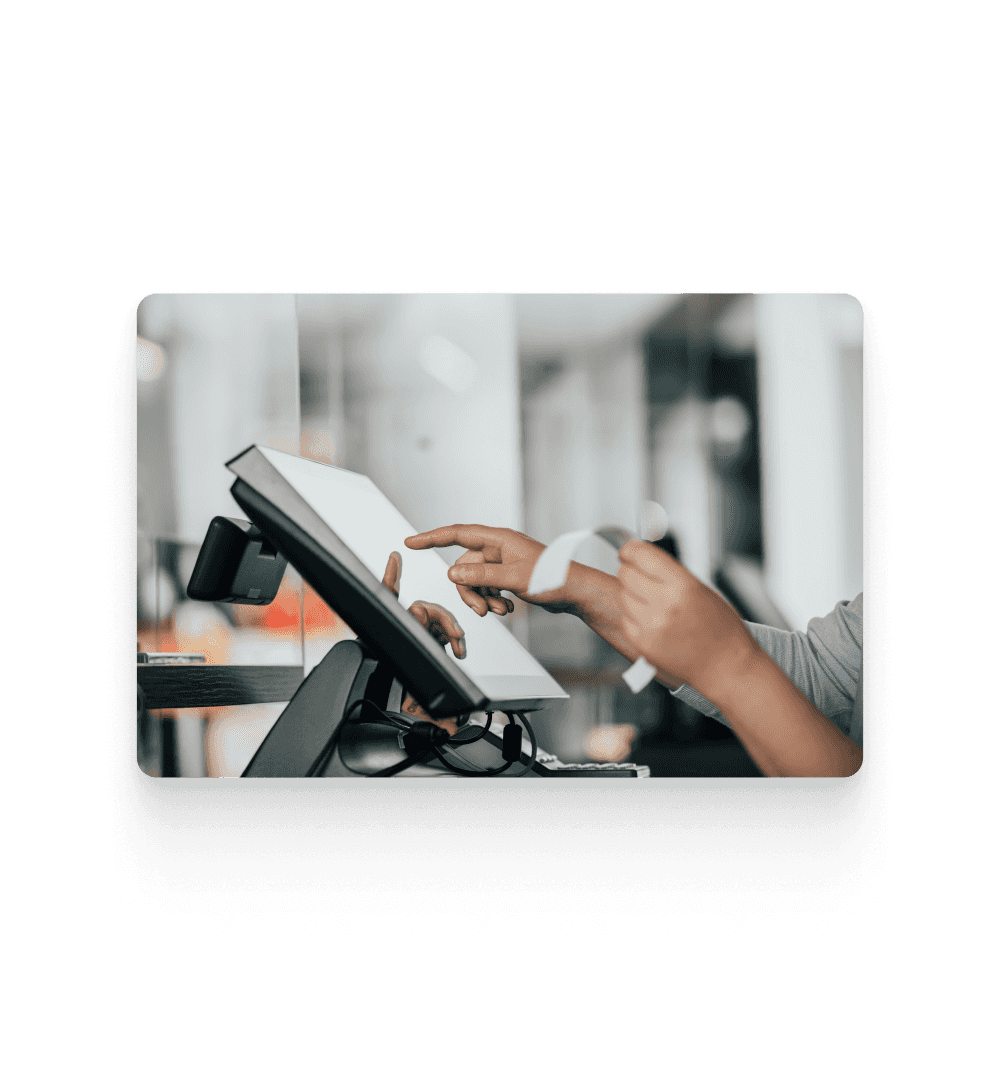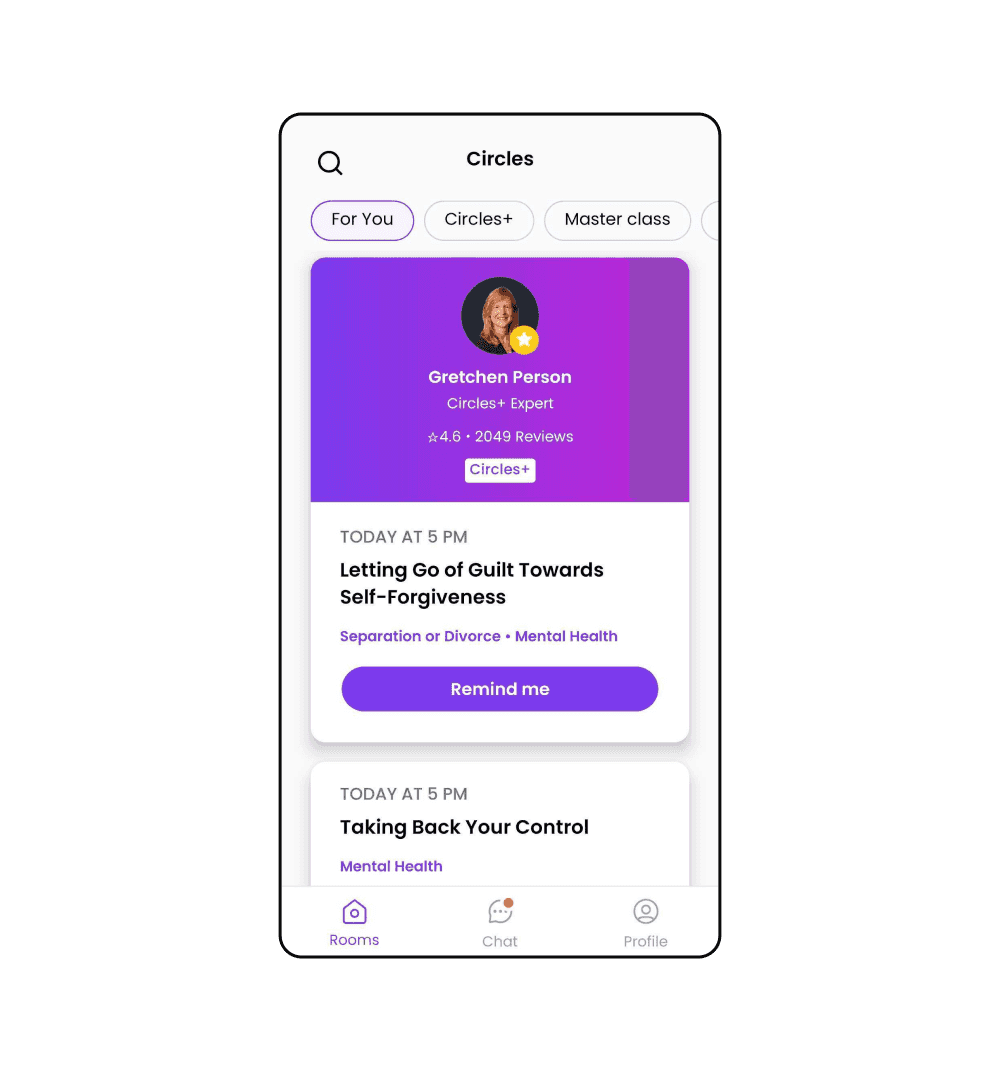technologies: Swift, Android, Bluetooth Low Energy, Zebra Technologies
problem: the lack of hospital asset tracking
Hospitals are home to some of the most expensive and most critical assets in the world: life-saving medical equipment, an ultrasound machine can cost up to 30,000 USD, and even hospital beds, which can cost as much as 25,000 USD. These assets must always be available, well-maintained, and properly allocated.
Our client, a provider of advanced asset-tracking solutions, saw a unique opportunity to adapt their technology specifically for the medical industry. Their vision? A tailored medical asset tracking platform that could help hospitals reduce waste, optimize inventory management, and give doctors and nurses more time to focus on what matters most – patient care.
One of the key challenges they wanted to solve was time tracking during medical rounds. How long do doctors spend at each bed? Are there patterns that signal bottlenecks, or inefficiencies in ward routines? Healthcare asset tracking can offer answers to these questions.
the solution: tracking any device hospital management needs
To meet the hospitals’ unique needs, we adjusted the tracking app that we’ve been scaling for years so now it turns nearly any piece of hospital equipment into a traceable asset. It’s thanks to small trackers attached to devices, even hospital beds and a special healthcare asset tracking app developed by our team.
With Bluetooth Low Energy (BLE) any mobile device running the app, whether it’s a nurse’s phone or an administrator’s tablet, can scan nearby assets to identify them, retrieve details, and even see their most recent location on a map.
Want to know where a particular ultrasound machine was last used? The app shows when and where it was moved. Can’t find a defibrillator that should be nearby? You can ping its tracker directly from the app, prompting it to make a sound, making it easier to locate in a high-pressure moment.
Beyond tracking movement, the platform can also collect and display sensor data. For example, BLE sensors placed around hospital rooms can monitor temperature in real time, allowing staff to view historical trends through an interactive dashboard. This is especially valuable in operating rooms, neonatal units, or laboratories, where even minor temperature fluctuations can affect patient safety or the reliability of medical procedures.
The hospital asset tracking app supports both iOS and Android devices, everything from iPhones, Samsung and Google Pixels to more rugged, industrial hardware like Zebra Technologies' phones. Hospitals can use the system in two ways: either by attaching trackers directly to assets, or by leveraging staff mobile phones as active participants in the network, acting both as scanners and trackers.
One of the most innovative uses? Attaching trackers to hospital beds. This enables real-time insight into daily medical rounds. By monitoring how long doctors spend at each bed, hospital managers can better understand patterns, optimize schedules, and predict when a physician will be free for consultations or urgent tasks.
challenges: device fragmentation, battery consumption, adjusting to hospital environment
One of the main technical hurdles (particularly on Android devices) is the sheer diversity of phone manufacturers. Many manufacturers apply their own custom overlays over the standard Android operating system, which often affects the background processes.
This had a direct impact on one of our core features: continuous scanning for nearby trackers, even when the app runs in the background. On some devices, this functionality works flawlessly, on others, with some disturbances.
To tackle this, we took a hands-on, multi-pronged approach. We tested our app on a wide range of devices, each from a different brand. We paid special attention to models known for custom firmware, like Samsung (with its One UI overlay) and rugged enterprise-grade devices like Zebra.
To support this technically, we:
- built countless unit tests to maintain logic consistency;
- ran extensive manual testing, supported by a dedicated QA specialist;
- conducted full regression testing before every release;
- end-to-end (E2E) automated tests that verify app functionality without any developer or tester interference, eliminating the risk of human error during the testing process.
We also made app onboarding as thorough as possible. On first installation, users are guided through a detailed setup flow where they grant essential permissions: Bluetooth access, precise GPS location, notification permissions, and disabling battery optimization. We also request the SCHEDULE_EXACT_ALARM permission, which allows the app to perform regular health checks, ensuring that background processes are running correctly and the system continues to operate as expected.
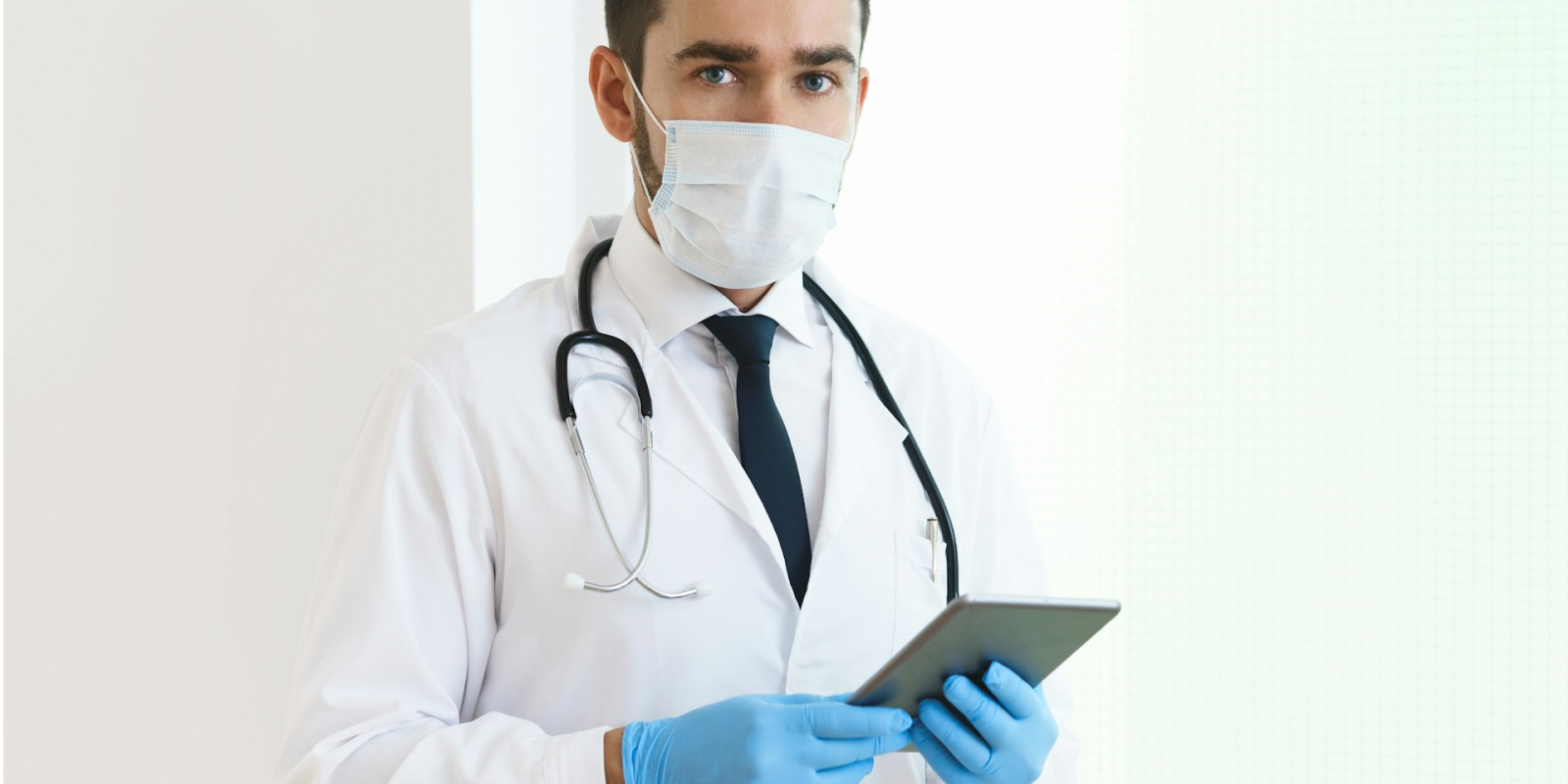
Another major concern was battery consumption. Since the app must constantly listen for Bluetooth signals, some level of battery impact is unavoidable. Our goal was to minimize that effect as much as possible. While listening has to happen in real-time, we optimized the parts of the app responsible for processing and syncing data. Instead of sending every detected event immediately to the backend, we bundle them and send updates every 40 seconds in efficient batches. This significantly reduced unnecessary energy use without compromising accuracy.
We also encountered environment-specific edge cases. Every hospital is different, not just in layout, but in construction. Hospital buildings are often large, with thick concrete walls, long corridors, and complex floor plans. Bluetooth signals can weaken or drop entirely depending on where a device is located. In some cases, we had to adjust parameters or behavior in the app to adapt to the specific challenges of a particular hospital's infrastructure.
the results: A broader tracking offering for our client – and greater control for their users
By transforming our client’s inventory system into a medical asset tracking solution, we helped them successfully enter the healthcare industry. Medical equipment typically accounts for around 10% of a hospital’s total budget. But equipment is only part of the equation.
Labor remains the single largest cost for hospitals – and one of the hardest to optimize without reliable data. The hospital asset tracking system gives administrators a clear view into how staff time is spent, especially during daily medical rounds. In a system where every second matters, this kind of visibility doesn’t just boost operations, it helps put more time back where it's needed the most – patient’s sake.
